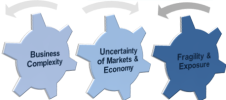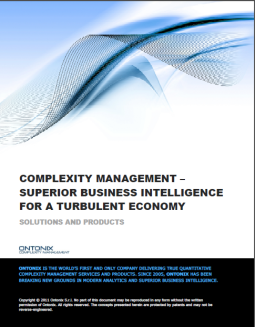Schumpeter, interrupted:: the impact of “destructive creation”
Sunday, 30 September, 2012 Leave a comment

Euskara: Joseph Schumpeter ekonomialaria (Photo credit: Wikipedia)
I wrote a couple of articles last year, citing the lack of creative destruction in UK Finance and Insurance as a problem, so it is very interesting to read this article. Also good to know that the trend for non-conventional thinking is flourishing at Bank of England.
destructive creation: the type of self-serving innovation intended to improve [short term] returns at the expense of or with out benefit to the customer.
I use the term “unconventional” but, when reading this paragraph, I was reminded of Gresham’s Law. Further food for thought perhaps…
If this is true, it suggests that the economy is suffering from a failure to innovate. Joseph Schumpeter, the granddaddy of innovation economics, first described the innovative process of one of creative destruction, of good ideas driving bad ones to the wall and of capital being reallocated, often rapidly and disruptively, from the old to the new. Broadbent’s analysis suggests that we need more of this if the economy is to recover.












